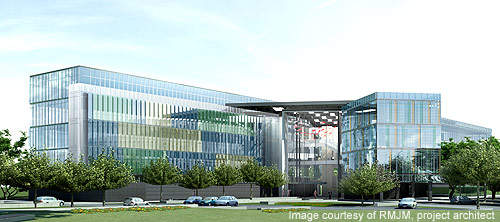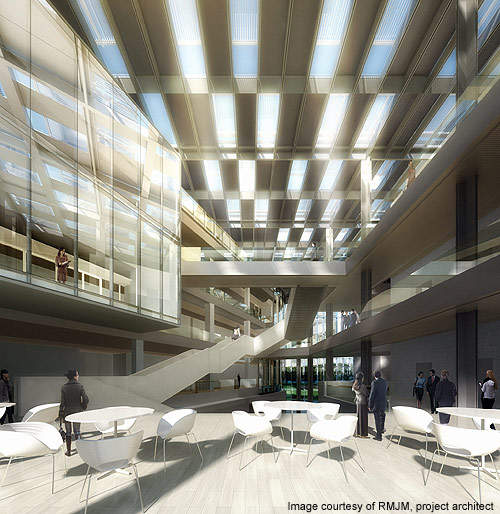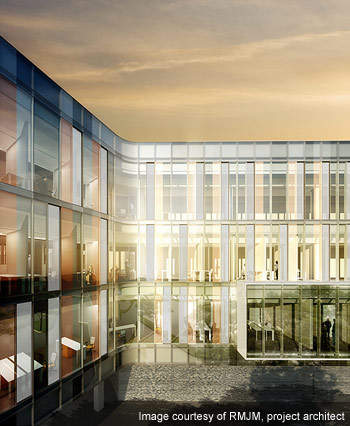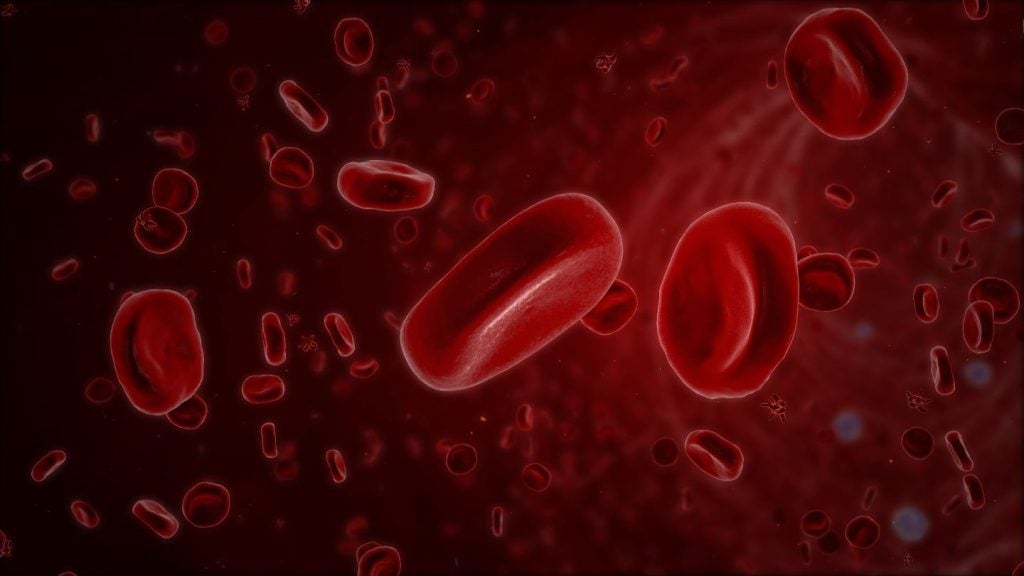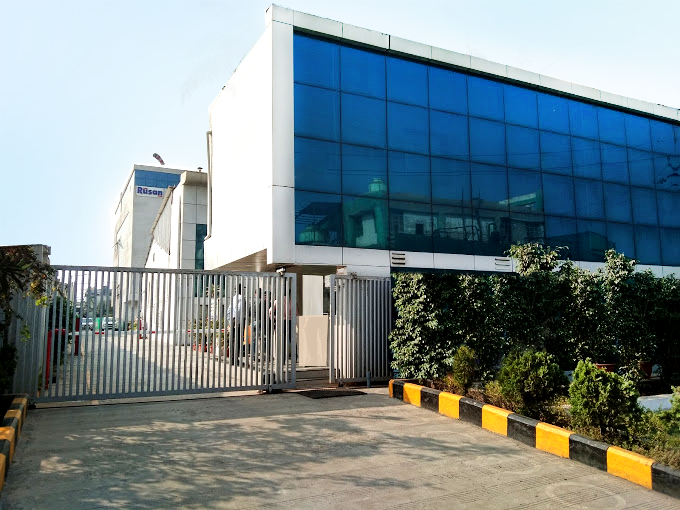Genzyme, the third largest biotechnology company in the world by sales, is constructing a new research and development (R&D) centre in Beijing, China. Genzyme became a wholly owned subsidiary of Sanofi-Aventis in April 2011.
Construction on the R&D facility began in September 2009 and is progressing on schedule.
The facility is located within Beijing’s Zhongguancun Life Science Park that houses several academic and government research centres as well as pharmaceutical and biotechnology firms.
The $100m facility will be the second largest product-based R&D centre of the company outside the US. With this investment, Genzyme has become the only international biotechnology firm to have established a major R&D hub in China.
The facility will strengthen the company’s global reach through collaborations with local academic, governmental and industrial companies.
Genzyme already has a presence in China and markets two of its products – synvisc (R) (hylan G-F 20) and thymoglobulin (R) (anti-thymocyte globulin rabbit). The new facility, slated for completion in 2011, will allow the company to introduce additional products.
The facility will house 350 researchers. It will be designed for the US Green Building Council’s leadership in energy and environmental design (LEED) certification at the platinum level, the highest level for energy-efficiency.
Genzyme’s new research and development centre
The facility will be a 200,000ft² (18,580m²) complex with a unique design for both laboratories and offices. There will be multiple laboratory and production modules.
The facility will accommodate a production laboratory designed specifically for the MACI (matrix-induced autologous chondrocyte implantation) cell therapy and polyclonal antibody operations.
A large four-storey light-filled atrium will connect the laboratories with the administrative areas of the building. The atrium, with several horizontal bridges and stairways of different heights and dimensions, will enable productive and free movement of light, air and personnel.
The natural and built environments of the complex will be interconnected by a series of courtyards and green spaces that will respond to the interior environment as well as the exterior landscape.
The facility will feature a range of green designs. A green roof will minimise pollution by absorbing excess rain water runoff caused by heavy storms.
A solar thermal system will meet a significant portion of the facility’s hot water requirements, minimising energy consumption. Water usage will be cut down by incorporating low-flow fixtures. Light and heat gain will be monitored through a sensor motorised blind system.
The all-glass, transparent façade will allow sufficient day light into the building, creating a pleasant and healthy working atmosphere and reducing the consumption of electricity. A large auditorium will be constructed adjacent to an outside garden area.
This auditorium will serve as a central meeting spot, facilitating meetings between employees, physicians and others in the research community. Several interior gardens will also be integrated within the facility as bio-walls. Green construction methods including low-impact environmental techniques are being used.
Production of the Beijing facility
The facility will develop the first commercial cell therapy products in China. The initial focus will be on the second generation of Genzyme’s cartilage repair product, an improvised version of the first generation, involving a less invasive method of delivery.
The R&D areas will include biology, pharmacology, chemistry and the discovery and development of new biologics and other gene therapies focusing on Genzyme’s key areas including orthopaedics, transplant and immune disease, oncology, endocrinology and cardiovascular disease.
The facility will also be involved in the development of drugs and therapies to treat diseases that are specific to the patients in China and the Asia Pacific region.
Contracts
RMJM Hillier was chosen to provide architecture services for the facility. The firm has provided design, architecture and laboratory planning services.
Shanghai-based engineering and procurement firm, M+W Group (formerly M+W Zander) was selected the project engineer.

